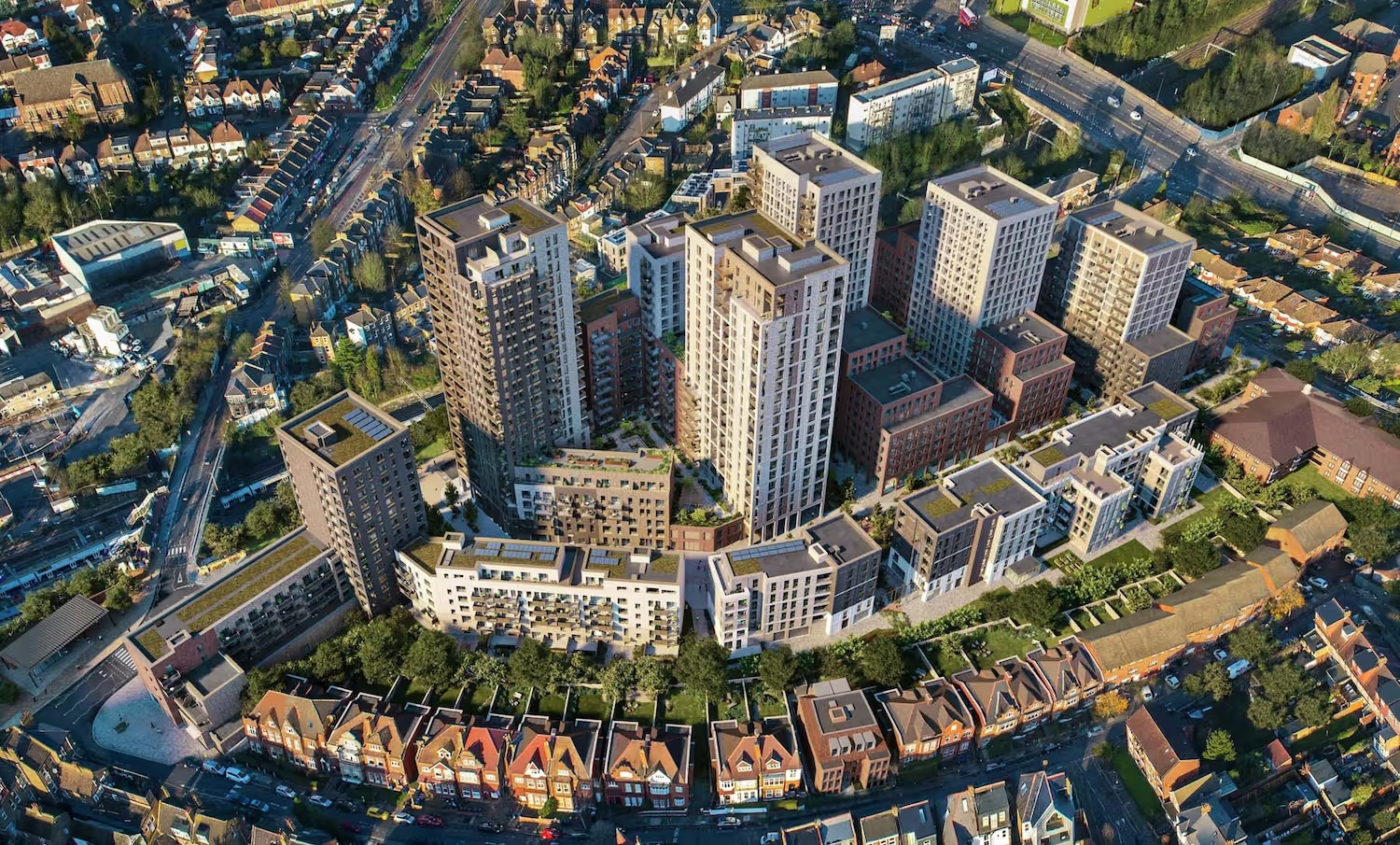Can Developers Override Your Right to Light? The Truth About Section 203
Section 203 of the Housing and Planning Act 2016 lets certain developments proceed even if they interfere with your right to light - but it doesn’t erase your rights entirely. Here’s how it works, when it applies, and how to protect your position if it’s used against you.
Can Developers Just Override YourRight to Light? Understanding Section 203
If you’ve heard a developer say “your right to light has been overridden,” they’re probably talking about Section 203 of the Housing and Planning Act 2016. It’s a legal tool that developers sometimes use when rights to light (or other private rights) threaten to delayor derail a project.
But here’s the thing: it doesn’t wipe out your rights entirely. And it doesn’t mean you’re out of options.
This article breaks down what Section 203 actually does, when it can be used, and what you can do if your property isaffected.
What Is Section 203?
Section 203 allows certain public bodies,and those they sell or lease land to, to carry out building works even if those works interfere with private rights suchas rights to light.
It sounds dramatic. And it is. But it’snot a free pass.
What Section 203 does is convert your right to an injunction into aright to compensation. In other words, if a valid right to light is interfered with, and the development has been lawfully authorised through Section 203, you can no longer stop the works. But you can claim financial damages instead.
When Can Section 203 Be Used?
Not every developer can rely on Section 203. It only applies when:
● The land was owned or leased by a local authority oranother public body
● The buildingworks have been authorised by planning permission
● The interference is necessary to deliver the approved scheme
● The development is considered to be in the public interest
Most importantly, Section 203 doesn’t apply to private land - it only kicks in wherepublic land is involved, or where a developer has acquired land from a publicbody for the purpose of carrying out a regeneration or public-benefit scheme.
In practice, developers often approachcouncils to “appropriate” land for planning purposes before starting construction. This legal mechanismtransfers the land into a different category, triggering Section 203 and givingthe developer a route to proceed without needing to settle or negotiate every private right in advance.
What Does That Mean for You?
If you have a right to light and a developer uses Section 203, you lose the ability to stop the development withan injunction. But you gain a statutory right to compensation under Section 204.
That might sound like a fair trade, butin reality, many property owners are left blindsided.
Here’s what to know:
● You are still entitled to damages - the developer doesn’t get away with nothing.
● The level of compensation is still assessed with reference to the impact on your property.
● You can challenge the use of Section 203 if itwas applied unlawfully or disproportionately.
● You can arguethat the scheme does not truly serve the public interest, especially if it benefits only private housing orcommercial profit.
Can You Challenge Section 203i n Court?
Yes, but it's extremely difficult. Courts will defer to public authorities' judgment under the Wednesbury standard unless there's clear evidence of procedural failure or misuse of power.
Judicial review is possible - but you must act within six weeks of theresolution and obtain court permission. Successful challenges typically focuson whether councils failed to properly consider impacts on affected propertyowners or didn't follow their own stated procedures.
Proportionality remains central - authorities must demonstrate genuine public benefit that outweighs private rights. Recent cases like Kevin Cooper v Ludgate House Limited [2025] show courts willscrutinise whether the public interest genuinely justifies the interference,but they won't second-guess planning judgments.
The reality is stark: even where procedural concerns exist, courts recognise Parliament's clear intention that Section 203 should facilitate development in the public interest. The Cooper case involved Bankside Yards development where no judicial review was even attempted against the Section 203 resolution - parties focused on private law remediesinstead.
Bottom line: prevention is better than cure. Engage robustly during consultation stages rather than relying on subsequent court challenge. Once validly exercised, Section 203 powers work exactly as Parliament intended - private rights become compensatable in damages, notprotectable by injunction.
What Should You Do If YouThink Section 203 Is Being Used Against You?
- Don’t panic - but don’t ignore it. Just because the developer is quoting legislation doesn’t mean you’ve lost your right to fair treatment.
- Check whether the land really has been appropriated by a public authority for planning purposes.
- Get a light loss assessment to understand the extent of the interference.
- Take legal advice early. A solicitor with rights to light expertise can help you assess whether a challenge is possible, and if not, how to maximise your compensation.
Our View
Section 203 is a powerful tool - but nota blank cheque. It doesn’t erase your right to light. It simply changes theremedy, and it comes with strict conditions. Many developers hope property owners will be intimidated or accept a low offer. But with the right advice, you can push back.
At Daylight Protect, we’ve worked on cases involving complex land ownership, public bodies, and Section 203 disputes. We know how to challenge poor processes, negotiate strong compensation, and make sure your rights are respected.
Think your light has beenoverridden? We can help.
If a developer or local authority isusing Section 203 to bypass your rights, get in touch. We’ll help you understand the process, your options, and what a fair outcome should look like.
Similar insights

